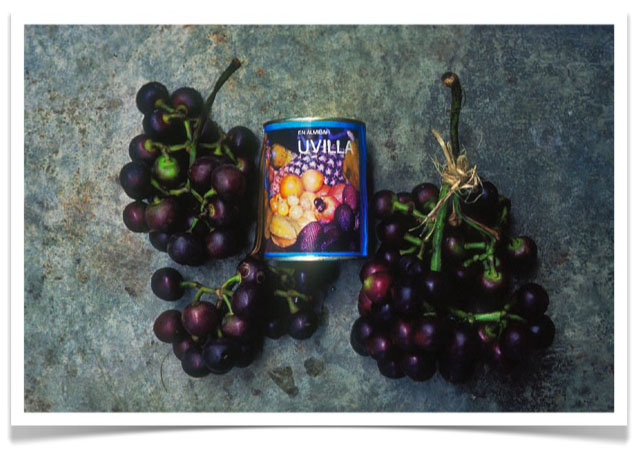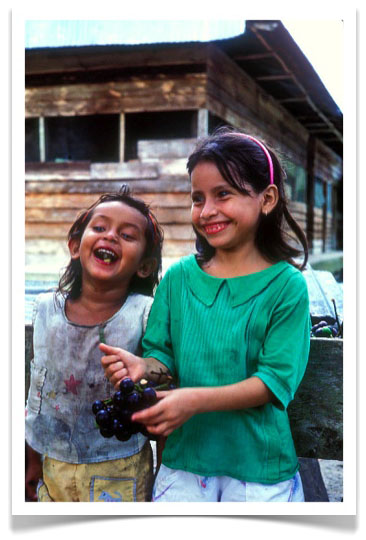
Black pepper is made from the dried, unripe berries of the tropical vine, Piper nigrum. It is, in terms of monetary value, the most widely traded spice in the world.

The green berries are boiled and then set out to dry. Over time, the pulp and seed coat start to wrinkle and darken and the berry turns into a peppercorn. The photo shows bulk pepper for sale in Kuala Lumpur, Malaysia.

I like pepper as much as anybody else, but the commercial production of this spice is kind of a mess ecologically. Forest clearing, herbicides to keep the weeds down, lots of erosion. Something to think about the next time you're asked if you "want a little fresh cracked pepper on your salad". [NOTE: The new pepper plantation shown above is from the Sambas district of West Kalimantan].
 Tuesday, December 30, 2008 at 9:19AM
Tuesday, December 30, 2008 at 9:19AM 












